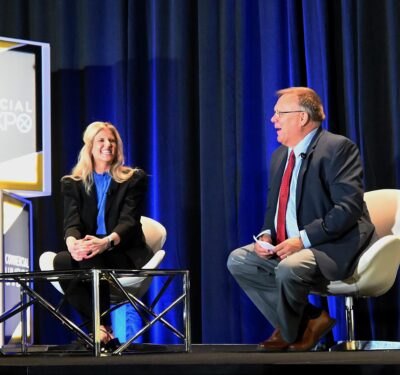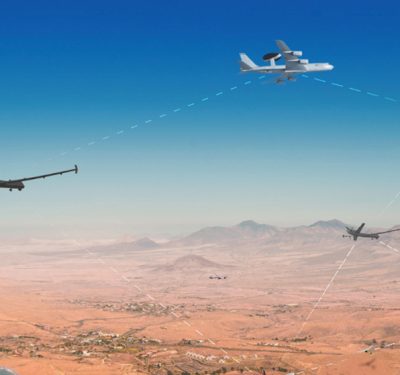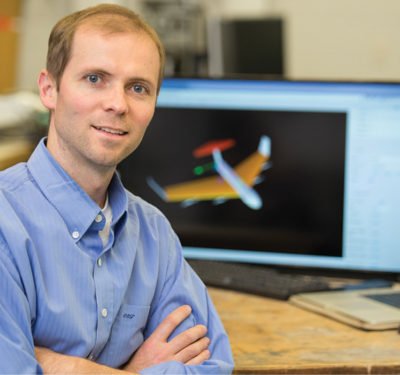
The RSDX Multi-drop commercial delivery drone. Photo courtesy of A2Z Drone Delivery.
While on a fishing trip several years ago, watching his bait and hook sink deep in the water, Aaron Zhang suddenly saw a solution to one of the more difficult problems of drone delivery: setting down the payload.
That moment of insight led the Shanghai entrepreneur into the drone delivery business, but with a difference: while plenty of drone delivery companies are focused on the last mile, Zhang’s Chinese-American startup, A2Z Drone Delivery, focuses on the last 50 meters.
Rather than delivering payloads either by landing the drone or by parachute, A2Z Drone Delivery has developed and patented a LIDAR-directed winch system that can drop a payload of up to 2 kilograms in freefall from as high as 45 meters before braking automatically to a smooth stop and releasing the package no more than 10 centimeters from the ground. In those last few meters, it can even deliver a box of eggs without any cracks, according to Zhang, the firm’s co-founder.
Last November, the 2018 Brown University mechanical engineering graduate (BA and MA) and his team brought their first product to market, Rapid Delivery System 1 (RDS1). Since then, they have introduced an even larger system with two winches and two payloads at once (the RDSX).
The systems offers several advantages, according to Zhang. It speeds up deliveries dramatically. “It keeps the time the drone spends above somebody’s yard to a bare minimum,” Zhang explained. “And so that will allow them to minimize noise, privacy, any safety concerns, and you can deliver from 20, 30, 40 meters above ground. You’re in and out of there—30 meters within 30 seconds.” Keeping the same elevation makes it easier for the pilot to maintain line of sight.
Nor do A2Z’s systems require special drones. The RDS1, for example, can be mounted on a DJI M600 Pro, according to Zhang. It can also pick up payloads as well, he added, but with a maximum weight of 1 kilogram rather than 2.
Zhang’s firm employs 10 people. Half work in research and development in Shanghai and half in sales in Los Angeles. Current customers include DroneUp, a home delivery startup that dispatches Walmart products to customers’ homes, InterSite Logistic, and various other logistics, mining, oil, and gas companies.
Next on the drawing board: the RDS2, which features a slightly more sophisticated braking mechanism—mostly for the benefit of the customer’s blood pressure. The current mechanism works well, Zhang said, but the payload falls so rapidly—about one second from 30 meters—that some people think it’s simply been dropped.
More braking at the top will make RSD2 customers more comfortable. “We want to make it seem even safer—a nice, smooth drop, rather than a drop and a brake,” he said.






